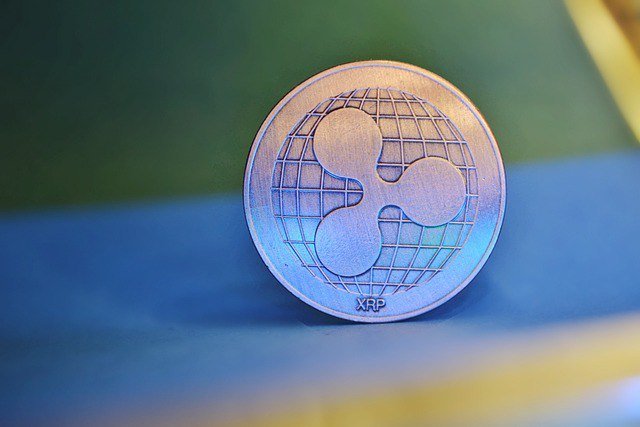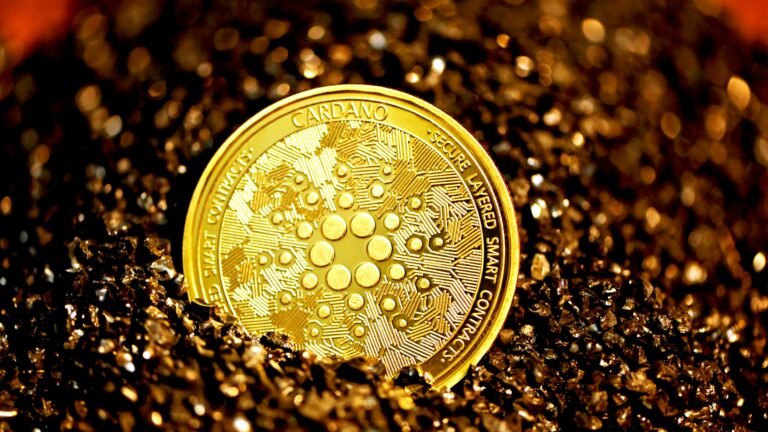- Ripple’s vision to make XRP a global reserve currency, first outlined in 2017, is gaining renewed attention as its adoption and price momentum grow.
- While XRP’s institutional focus sets it apart, debates persist over whether it can surpass decentralized assets like Bitcoin in global finance.
A recent resurgence of interest in Ripple’s ambitious vision for XRP has sparked lively debates across the crypto community. A tweet by crypto enthusiast Polly brought renewed attention to Ripple’s 2017 declaration of its commitment to making XRP the “world’s reserve digital currency.” While the idea once seemed far-fetched, shifting market sentiment and XRP’s growing adoption have rekindled hope for its global potential.
A Historical Commitment to XRP’s Global Role
Ripple’s vision for XRP as a global reserve currency is not new. The 2017 Ripple Insights article emphasized the company’s ongoing efforts to enhance the Ripple Consensus Ledger (RCL) and the rippled open-source codebase. These technical improvements were part of a broader strategy to position XRP at the heart of global finance.
For years, this vision remained unnoticed by many. As crypto enthusiast ChestyPuller’s Ghost noted, “This has been on their page for years yet nobody paid any attention to it until now.” The reemergence of this ambition, fueled by XRP’s rising adoption and price momentum, has prompted serious reconsideration of Ripple’s long-term goals.
The Divide: XRP vs. Bitcoin as a Global Asset
Ripple’s vision is gaining traction among XRP advocates, who see its institutional partnerships and focus on cross-border payments as key to achieving global adoption. However, skeptics in the crypto community question whether a U.S.-origin digital asset like XRP can truly become a global reserve currency.
Bitcoin, often dubbed “digital gold,” remains the favored choice for many as a global reserve asset due to its decentralized nature and proven resilience. User M1ch1gan12 argued, “Bitcoin is the only non-sovereign money that exists,” while pointing out that large corporations have yet to make significant investments in XRP, unlike Bitcoin.
This debate underscores a critical division within the crypto world: whether the future of global finance will lean toward decentralized assets like Bitcoin or more centralized, institution-focused solutions like XRP.
Ripple’s Path Forward
Despite skepticism, Ripple continues to make strides in positioning XRP as a dominant player in the financial world. Its partnerships with financial institutions and its focus on cross-border payment solutions give it a unique edge. However, significant challenges remain, including regulatory clarity, broader institutional adoption, and competition from Bitcoin and other digital assets.
As XRP’s price continues to gain momentum—rising from $0.50 to over $3.20 in past cycles—Ripple’s vision is no longer dismissed as mere ambition. Instead, it’s becoming a focal point in the broader conversation about the future of global finance.
Whether Ripple’s dream of making XRP the world’s reserve digital currency becomes reality depends on its ability to navigate the challenges ahead. However, one thing is certain: the vision is no longer hidden in plain sight.


